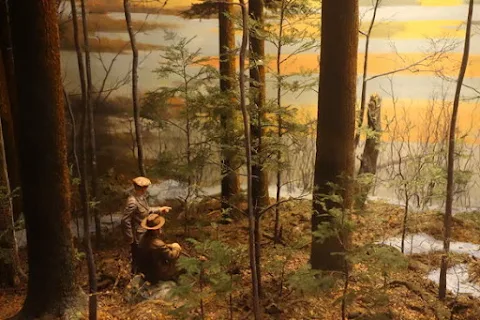It should be of no surprise to readers of this blog that I am a big fan of self published War game rules. Nothing against the professional published glossy rules. I buy them and read them and often play them at club game nights. But for my own games I really like something different. So I am always on the hunt for new rules. Once I find a set I tend to stay with them. This way I actually learn the rules. "The Charge of the Light Brigade" rules I use for my Crimean games I have been using for over twenty years. I just discovered Jim Purkey 's rules and very happily use them for War of 1812. But my American Revolution gaming has of late been lacking something. While I enjoy "Loose Files And American Scramble" no one I game with shares my interpretation of the rules. This means games tend to get into long discussions of what the rule really meant with too many interpretations causing a disruptive gaming night. So I am on a quest for a better set of rules and I believe now I have found them.
"The Whites of Their Eyes" by Stephen E. Haller are a set of wargame rules for fighting battles of the American Revolution. These were originally published by The Courier in 1977 and revised and updated in 1985, 2000 and 2018. At present the rules are available from the author who still plays them. They could be considered a throw back or "old school" rule set. They include saving throws, alternate turns , and use six sided dice. To me that can be a good thing. After play testing them I found they give me a fun game which stays within the spirit of the time period. There are also a number of unusual twists within the rules to make things very intetesting.
A couple aspects of the rules I really like.
Light troops in open order or as skirmishers (rifle men, jagers, Indians, legion infantry and light infantry) can actually act like light troops skirmishing. They have a split move. You can move a portion of your movement, fire then move the rest of your movement. In play this gives them a obnoxious quality. You can move up to get a better shot then move away. But be careful you do not get caught by line troops in a melee as they will eat you up. Shooting by these troops while in a open order is also different. Line troops volley by counting up the total number figures and checking the chart for number of possible hits. Defender then throws a saving roll to see how many casualties they get. Skirmishers fire one dice per figure. Regular Light Infantry, because they were better disciplined can close ranks and fight as elite infantry. Once a unit has taken casualties skirmishers can aim at the command stand to possibly hit the unit commander. If they do it effects the unit when they take a morale test. Another nice rule is troops behind a wall or fence get a little additional range (3 inches) to their fire because they are resting the weapons. Saving rolls for hits are interesting. Instead of multiple additions and subtraction for results it's a simple modifier for hits. Personally I like it.
Artillery is also a little different then most games. When they fire you point to target and where you are aiming. Roll a dive and this gives you a deviation. You might hit right where you aimed, or slightly to the right of left depending on range. Close range is always where you aimed and there are no saving throws for figures but at close range.
Morale is interesting. You have a basic morale factor, and can add and subtract modifiers to it. Roll two dice and you have to get a seven or better to pass. Militia in the open or near British regulars get a deduction. But in woods or under cover they get a addition. Lots of little things like this give flavor and cause troops to act as their historical counterparts.
I like these rules a lot. It gives you a simple fun game which stays to the spirit of the period. To give a better idea of how they work my next post with give a small game. Stay turned for more.
Update 7 May 2020: Steve Haller, the author of these rules has given me permission to send out a PDF version of the rules. The total page has the authors email if you wish to contact him. Please use the contact form at the bottom of the blog page here to send me a email and I will forward the rule to you.
Evidently some emails to me have not gone through. I can be reached at dinosaurfifty5@yahoo.com








































